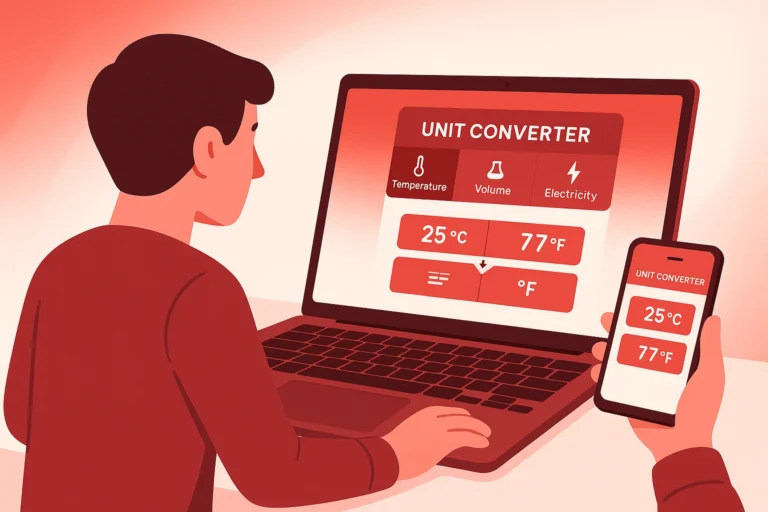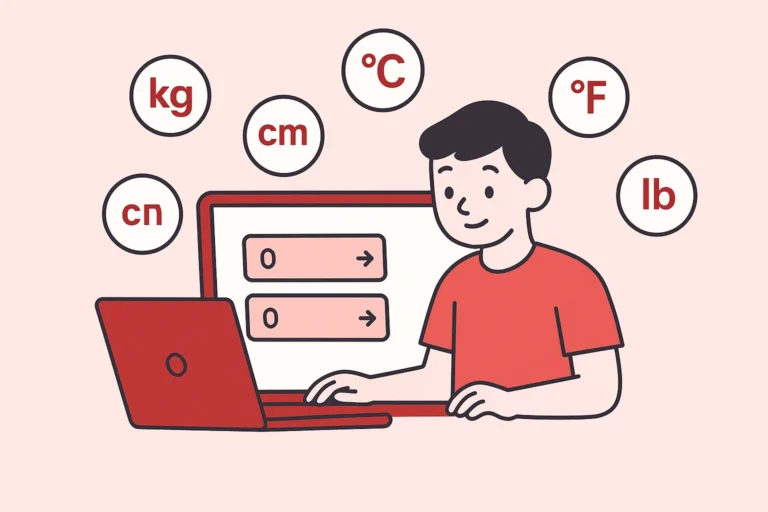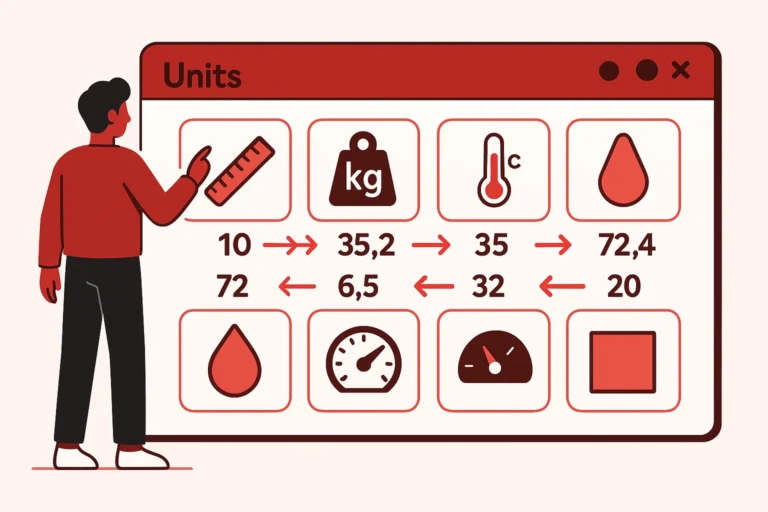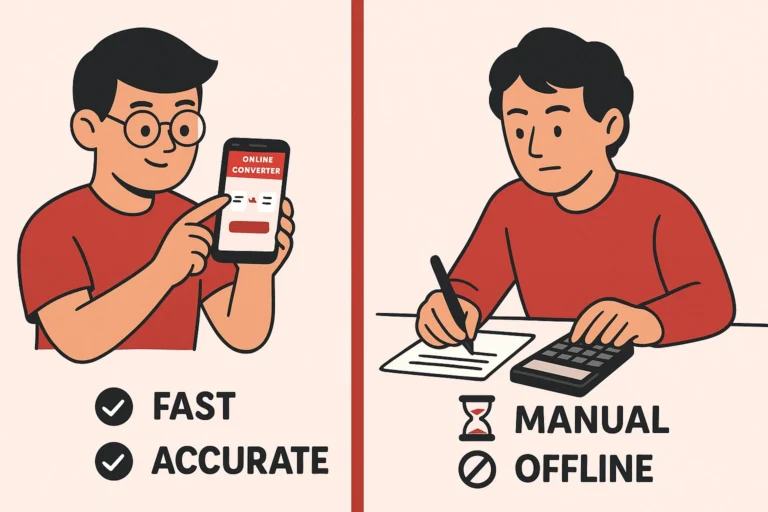The Most Common Unit Conversion Mistakes to Avoid
Introduction: Small Errors, Big Consequences
Unit conversion mistakes are more than just math slip-ups—they can lead to failed science experiments, flawed engineering designs, or cooking disasters. Whether you’re a student, professional, or casual user, being aware of common mistakes can save you time, money, and embarrassment.
Here’s a list of the most frequent unit conversion errors and how to avoid them with the help of accurate tools like FreeUnitConverterTool.com.
⚠️ 1. Mixing Metric and Imperial Without Noticing
It’s easy to confuse inches with centimeters or pounds with kilograms. This mistake can double or halve your results—literally.
Avoid it by: Always double-check the unit system you’re working in, and use a converter with clear labels and categories.
⚖️ 2. Forgetting to Convert All Related Units
Converting one unit but forgetting others (e.g., changing speed without updating distance/time) creates inconsistent results.
Avoid it by: Understanding how units relate to each other and converting all necessary elements for consistency.
🧮 3. Incorrect Conversion Factors
Using outdated or incorrect conversion rates (like saying 1 inch = 2.5 cm instead of 2.54 cm) can throw off your calculations.
Avoid it by: Trusting a verified, updated tool like FreeUnitConverterTool.com that applies precise formulas every time.
🔁 4. Failing to Use Reversible Conversions
If you convert km to miles and then miles back to km, the result should match. Errors in reversible calculations indicate mistakes in the original factor.
Avoid it by: Using tools with a “Swap Units” feature that automatically reverses the conversion without manual input.
🌍 5. Assuming US and UK Units Are the Same
Gallon, pint, and ton have different values in US vs. UK systems. That’s a recipe for confusion in global projects.
Avoid it by: Selecting the specific system (US or UK) from the unit converter dropdown options.
🔠 6. Misreading Unit Abbreviations
Confusing similar abbreviations like “m” (meter) vs. “mm” (millimeter) or “mg” (milligram) vs. “g” (gram) is a common trap.
Avoid it by: Reading unit abbreviations carefully and hovering over tooltips if available on your converter.
📏 7. Overlooking Decimal Places
Rounding too early or misplacing a decimal can make a big difference—especially in scientific or financial conversions.
Avoid it by: Letting the converter handle decimals, and adjusting the number of decimal places only when needed.
🧪 8. Not Considering Temperature Interval vs. Absolute Values
Temperature differences (°C vs. °F intervals) convert differently than absolute temperatures—many users don’t realize this.
Avoid it by: Using a dedicated Temperature Interval Converter when working with ranges instead of direct temperatures.
🧠 9. Assuming All Tools Are Accurate
Not all online tools are created equal. Many display ads aggressively or use unverified formulas.
Avoid it by: Sticking with trusted platforms like FreeUnitConverterTool.com that prioritize usability and verified math.
🕵️ 10. Not Verifying Unusual Conversions
Rare unit conversions—like magnetic flux density or molar energy—are more prone to errors if you’re not familiar with them.
Avoid it by: Double-checking unfamiliar conversions or looking at example calculations provided on the tool page.
Final Thought: Don’t Guess, Convert with Confidence
Unit conversion is simple—until it isn’t. But with the right tools and awareness of common mistakes, you can ensure your numbers are always correct. FreeUnitConverterTool.com offers an error-proof environment for converting quickly, confidently, and accurately.
Ready to eliminate conversion confusion? Start using our smart tools now.







